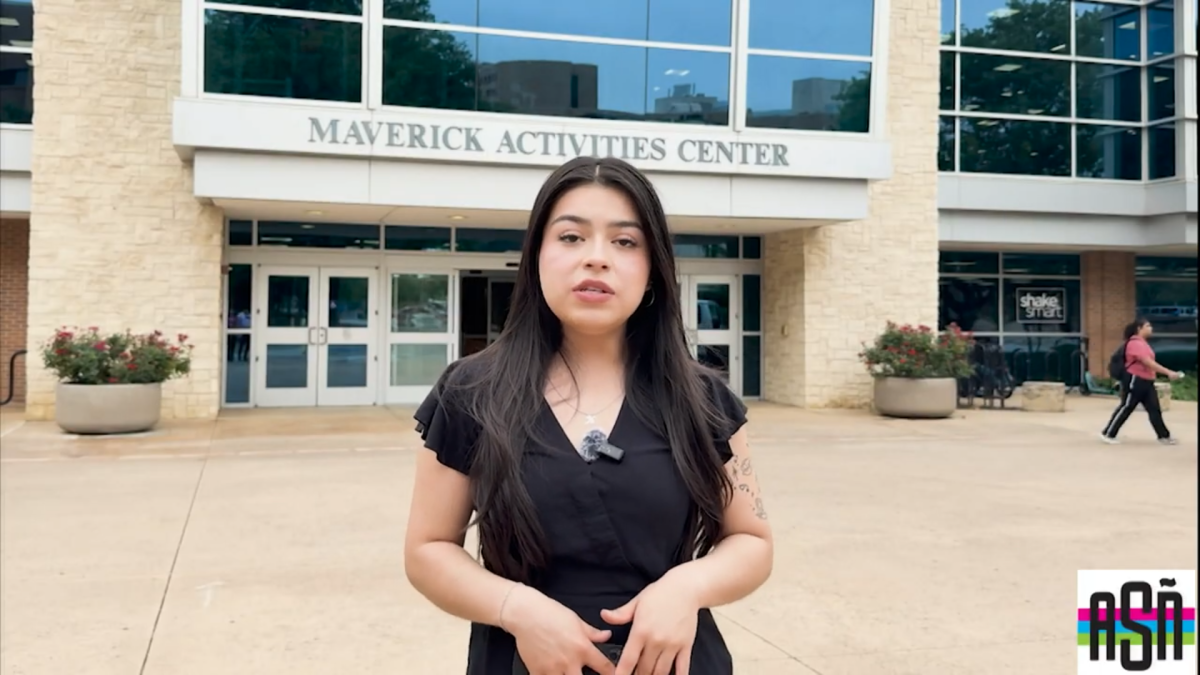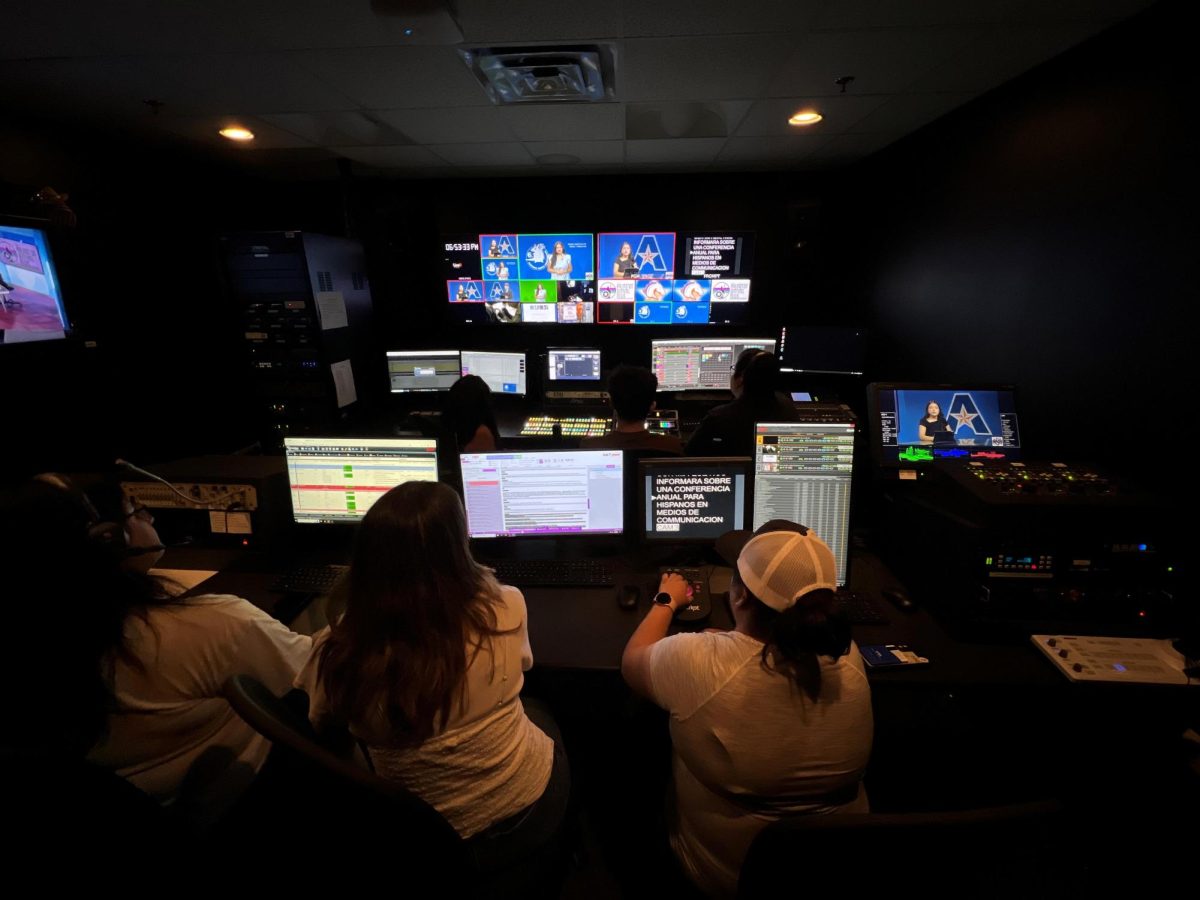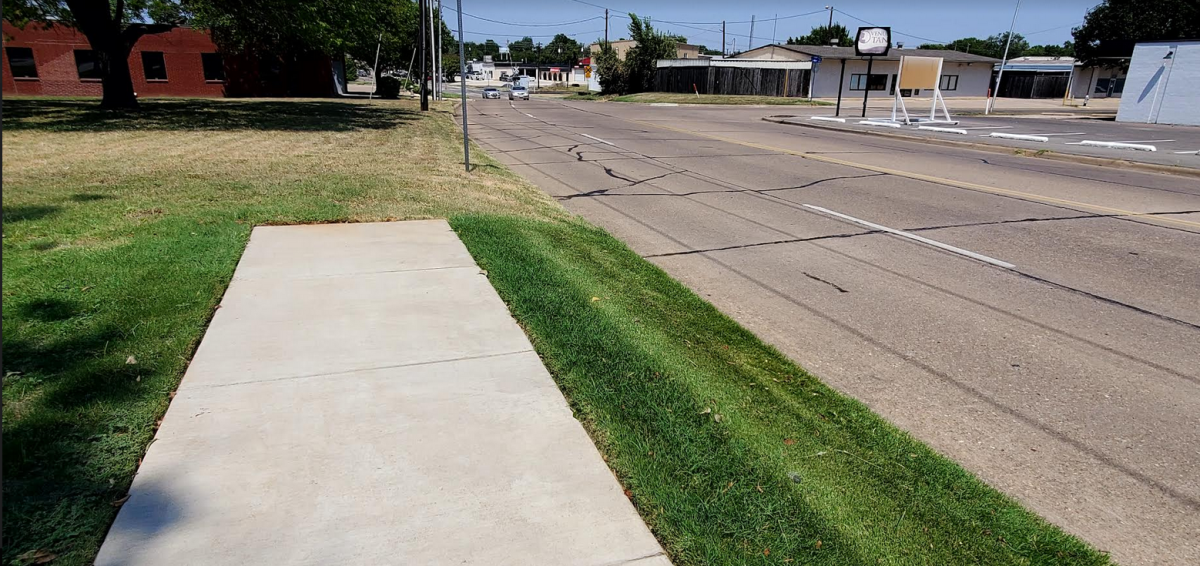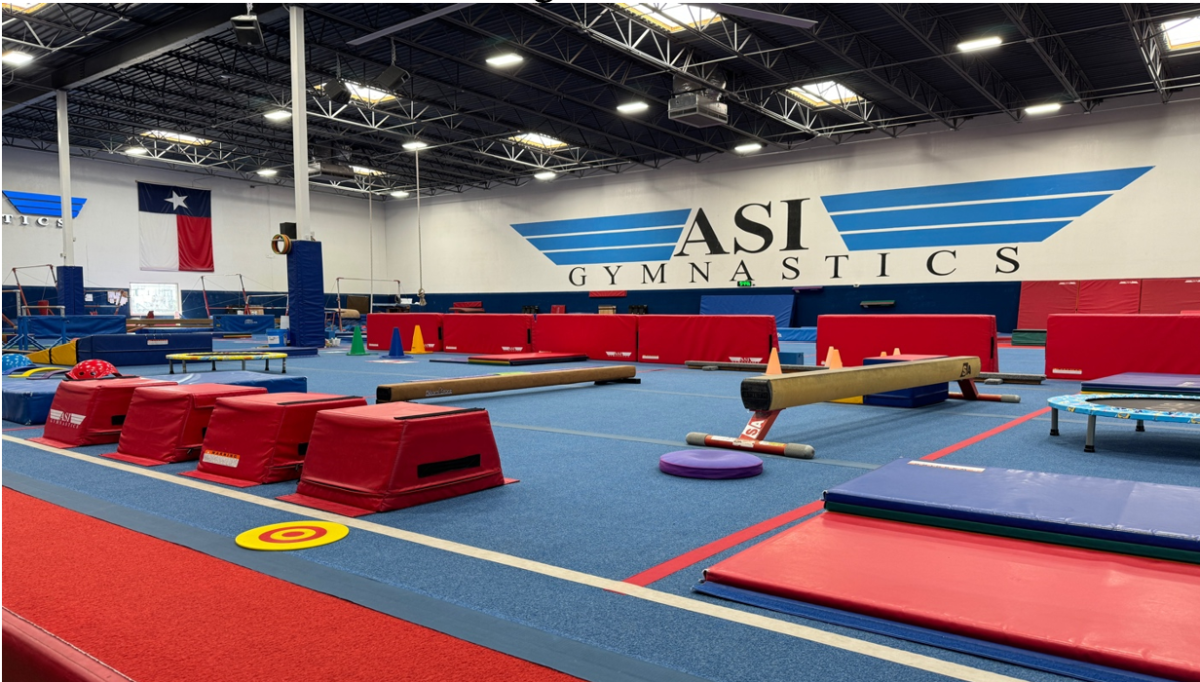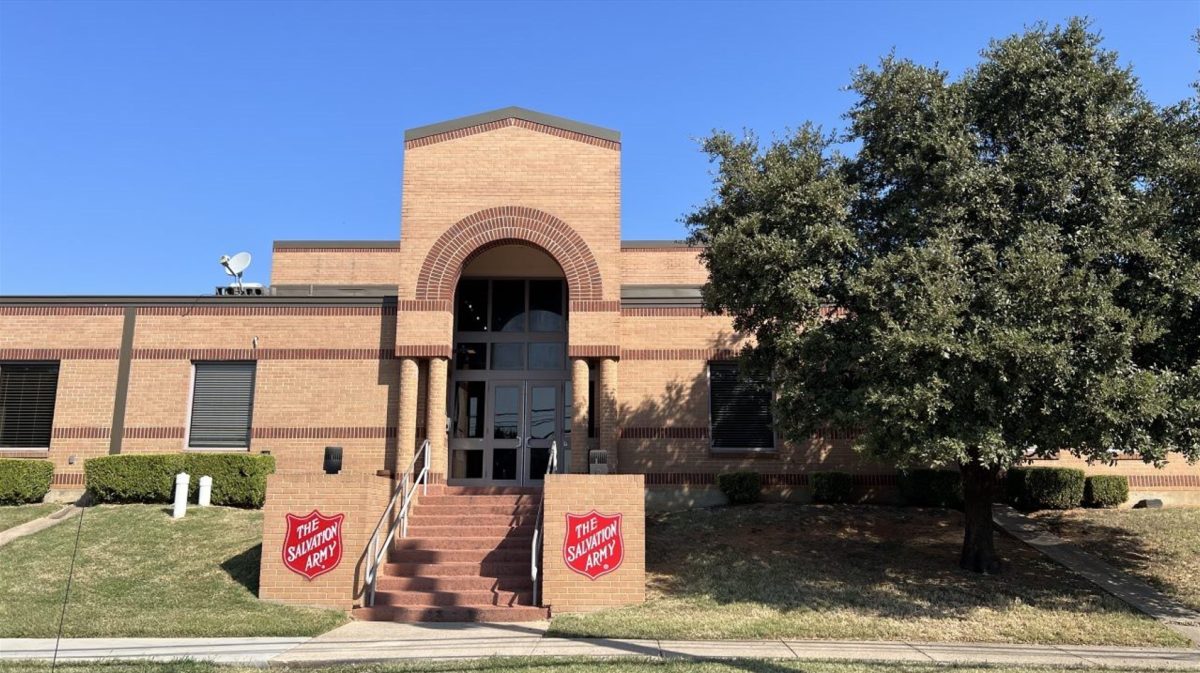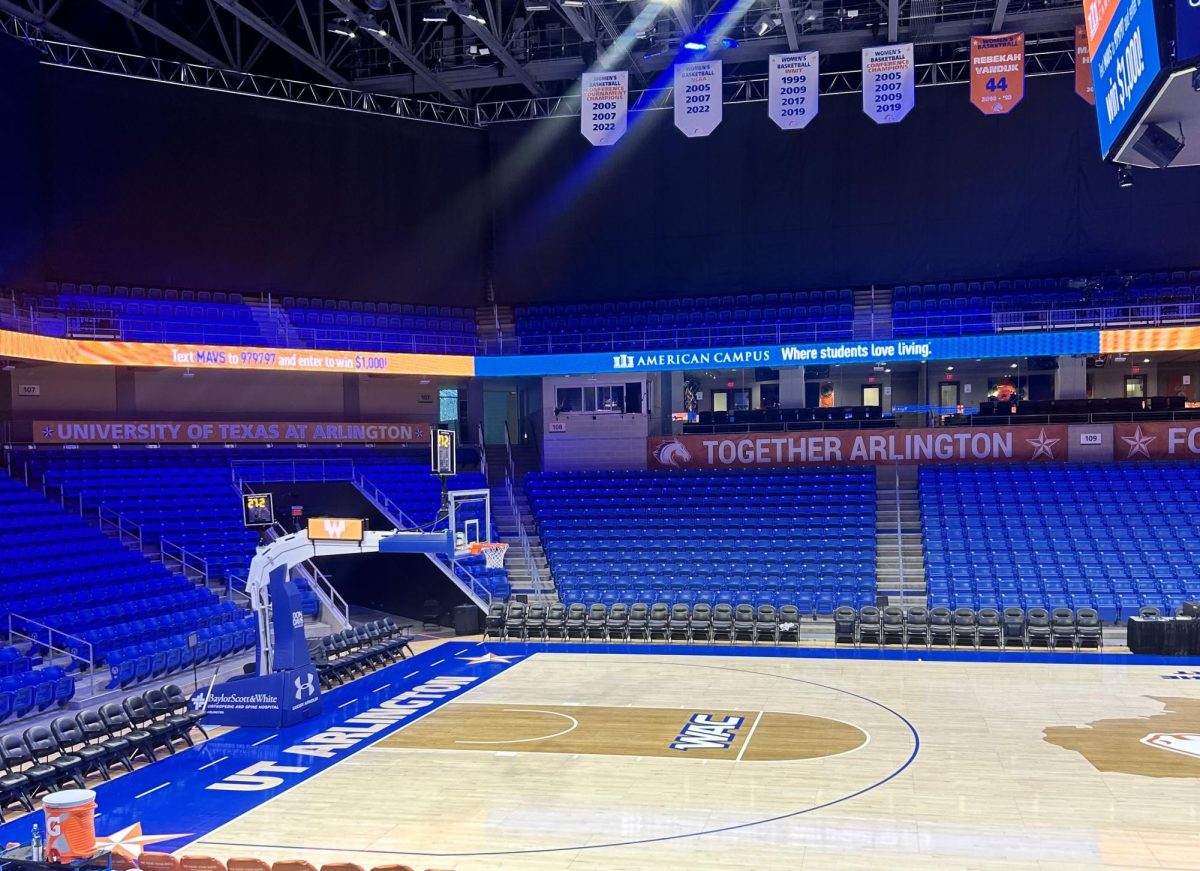ARLINGTON, Texas—In the ever-evolving world that is collegiate basketball, the transfer portal has become one of the most-used resources for players and coaches.
The portal has quickly reshaped the dynamics of recruiting and player movement within the realm of collegiate sports.
What is the NCAA Transfer Portal?
The NCAA Transfer Portal is an online database created to simplify the transfer process for student-athletes, coaches and administrators.
The portal was created in October 2018 and has made player-coach communication easier than ever by allowing student-athletes to enter their names in the portal to connect with interested coaches from other schools.
The NCAA reported that in 2022, 1,649 men’s Division I basketball players, as well as 1,267 women’s Division 1 basketball players, entered the portal.
How does it work?
Student-athletes who are considering the change can enter their names into the portal. This action notifies their athletic administration of the student-athletes’ departure from the program. Student-athletes have the option to remove their names from the portal as well.
Student-athletes may not enter the portal at any time throughout the season and are restricted to a short window of time. According to the NCAA, the windows for men’s and women’s basketball will open for 45 days the Monday after Selection Sunday.
During the window, student-athletes in the portal can be contacted by coaches seeking change in their respective programs as well.
“The transfer portal has impacted our recruiting strategy,” Derek Obasohan, a University of Texas at Arlington men’s basketball graduate assistant, said. “You’re always on the hunt for a new player. Good season or bad season, you always have to keep recruiting.”
Why do players transfer?
Players elect to enter their names in the portal for a plethora of reasons. The NCAA surveyed transfer elects and found that the top two reasons women athletes choose to transfer are mental health—and conflict with coaches or teammates. For the men, their two primary reasons include mental health and playing time/participation opportunities.
“My ultimate goal is to make it to the NBA, and I want to be at a school where I can play to my full potential,” said Makaih Williams, a UTA men’s basketball freshman currently in the portal.
Many schools now have the ability to offer players name, image and likeness opportunities—more commonly referred to as NIL—and student-athletes are considering those opportunities when choosing a new school.
“I felt like I needed to consider schools where I could profit off of my name,” Williams said.
Adapting to transfer dynamics
The emergence of the transfer portal doesn’t only impact players and their decisions. Coaches, too, must be engaged in the dynamics as it directly effects their teams.
“I think that it’s changed the way that coaches approach the offseason and the way they recruit,” UTA men’s basketball graduate assistant Sean Kostecki said. “The offseason recruiting process now begins the second your last game of the season is over.”
The new dynamics now make it increasingly more difficult for incoming freshman to earn a spot and playing time due to the influx of experience caused by portal transfers.
“The value of high school prospects are now being overlooked due to the appeal of experience and immediate impact that transfers bring with them,” Kostecki said.
Advice for players on the move
Coaches said it’s important for student-athletes to thoroughly think through their choices to establish confidence in their decisions.
“Do your due diligence,” Obasohan said. “Keep in mind that every situation doesn’t call for you to leave.”
It’s also important for student-athletes to have a firm grasp of what they want and need so they can measure each school’s ability to fulfill them.
“Have a plan going into the portal and make sure you don’t enter with the intention of going to the biggest school,” Williams said. “It’s not always going to happen and can hurt you as a player.”
Lastly, student-athletes should be sure they aren’t making their decisions in haste.
“The grass isn’t always greener on the other side,” Kostecki said. “Keep those players in mind who took the time to develop at the same school and how it paid off for them in the long run.”

